Sunchang Fermented Food Festival (순창장류축제)
7.1 Km 26806 2024-04-07
6-3, Minsongmaeul-gil, Sunchang-gun, Jeonbuk-do
+82-63-650-1624
Sunchang Fermented Food Festival is held every fall at Sunchang, the home of the Korean traditional sauce “jang.” The festival offers a range of traditional sauce-related programs including performances, exhibitions, a market, and more.
Chuseongno1205 (추성로1205)
7.3 Km 155 2021-04-07
1205, Chuseong-ro, Damyang-gun, Jeollanam-do
+82-61-383-1205
Tteokgalbi is the representative menu of Damyang in Jeollanam-do. The representative menu is grilled short rib patties. This is a Korean cuisine located in Damyang-gun, Jeollanam-do.
Gangcheonsan County Park (강천산 군립공원)
8.1 Km 30627 2024-04-07
97, Gangcheonsan-gil, Sunchang-gun, Jeonbuk-do
+82-63-650-1672
Gangcheonsan Mountain is surrounded by Gwangcheonsan Gwangjubong Peak (583.7 meters above sea level), Gwangdeoksan Seonnyeobong Peak (578 meters), and Sanseongsan Yeondaebong Peak (603 meters above sea level) in the area of 996beonji, Cheonggye-ri, Sunchang-gun, Jeollabuk-do. It is divided into small canyons and has an outstanding view with rocky mountains on all sides. The valley was called Gangcheon Valley because clean and clear water flows like a spring on the hard rocks, and all the mountains around it were called Gangcheonsan Mountain. It is said that in the past it was called Yongcheonsan Mountain, named after the shape of two dragons waving their tails toward the sky and ascending to heaven.
Following the Noryeong Mountain Range to Chuwolsan Mountain, it forms Gwangdeoksan Mountain and Yongcheonsan Mountain. On Sanseongsan Mountain (two dragons from the eastern sky to the western sky) that towers high in the sky, two dragons run east side by side. There are numerous peaks, some famous ones are, Yeondaebong, Undaebong, Suyeongbong, Cheonjabong, Gitdaebong, Gwangjubong, Gyeonjebong, and Songrakbong peaks. Between these two mountains is a very deep valley. Some of the famous valleys are, Yeondaegyegok Valley, Seonnyeogyegok Valley (Jeobujegol), Wondeunggyegok Valley (Yongdaeamgol), Buntonggol Pass, Jijigol Valley, Somokgol Valley, Samindaegyegok Valley (Hwangwoojegol), Giwoojegol Valley, Senyanggol Valley, Multonggol Valley, Chodanggol Valley, Ujakgol Valley, Dongmakgol Valley, Geumganggyegok Valley (Tapsanggol), Seungbanggol Valley, Byeondugol Valley, etc. The clear water flowing from every valley joins into one and the sound of the water crashing against the rocks and stones echoes throughout the valley and enters Gangcheonho Lake.
When spring comes, willows bloom, and when the forsythia and azaleas are in full bloom, wild cherry blossoms reach full bloom on every mountain peak. The clear and clean water flows continuously between the gravel along the valley. Visitors can cool off the heat in this river that does not collect moss either because it is too cold or clean. On Gangcheonsan Mountain, there are beautiful shrubs and maple trees, and the baby maples and baby squirrels announce the arrival of autumn among the seven different types of maple trees. The multiple trails on the mountain are not steep or too dangerous, making it popular regardless of age. It is also ideal for mountaineering and mountain-loving hikers. The scenery of the river with white snow and icicles attracts painters who want to capture the moment on a canvas. Gangcheonsan Mountain has four distinct seasons making it a popular destination all year round.
Jungnimwon Garden (죽림원가든)
8.9 Km 97344 2024-02-19
358 Gasan-gil, Wolsan-myeon, Damyang-gun, Jeollanam-do
061-383-1292
Jungnimwon Garden offers traditional Korean flavors in a unique setting. Their signature dish is the Daetongyongjjim (Bamboo-steamed set menu), where various ingredients are steamed together in a long bamboo tube. This dish includes a variety of items such as Korean beef bulgogi, spicy braised chicken, prawn, grilled pork galbi, octopus, abalone, ray, yellow croaker, eggs, and rice served in the bamboo tube. Additionally, their daetongbap jeongsik (steamed rice in bamboo set menu) and hanu tteokgalbi (grilled Korean beef galbi patties) are also highly recommended.
Okcheongol Hanjeongsik (옥천골한정식)
9.0 Km 21510 2024-04-18
78 Gyeongcheon 1-ro, Sunchang-eup, Sunchang-gun, Jeonbuk-do
Okcheongol Hanjeongsik is a traditional restaurant that opened in the 1990s, specializing in authentic Korean table d'hote. The signature dish is so bulgogi hanjeongsik (beef bulgogi table d'hote). It features beef and pork bulgogi grilled on a charcoal, along with grilled yellow croaker and over 20 side dishes, including soybean paste jjigae, all served on one table.
Chuwolsan Mountain (추월산)
9.0 Km 26611 2021-06-14
981, Chuwolsan-ro, Damyang-gun, Jeollanam-do
+82-61-380-3492
Located 13 kilometers away from Damyang-eup, Chuwolsan Mountain (731 m) was designated Jeollanam-do Provincial Monument No. 4 and is one of the five famous mountains of Jeollanam-do. It marks the boundary between Jeollanam-do, South Jeolla Province (Wolgye-ri, Yong-myeon, the most northern town in Damyang-gun) and Jeollabuk-do, North Jeolla Province (Bokheung-myeon, Sunchang-gun). The mountain has a dense forest, rock formations and stones, and rock walls that look like manmade fortifications with a narrow path to the west which can accommodate only one person at a time.
Shaped like a Buddhist monk lying down when it is seen from Damyang-eup's side, it is popular for its various naturally grown medicinal herbs as well as rare kinds of Chuwolsan orchids. The base of the mountain has gentle slopes and densely packed old pine trees, making it the best destination for families in summer. The hiking trail is hard to climb despite the fact that the peak is not very high. However, it is visited by mountain climbers all year long.
Before reaching Sangbong Peak, there is a hermitage and a mineral spring that never dries up. The peak also boasts an impressive view of the surrounding area, including Damyangho Lake. Chuwolsan Mountain was a battle site during the Imjin War along with the nearby Geumseongsanseong Fortress. The last battle of Donghak Peasant Revolution also took place at Chuwolsan Mountain.
Myeonangjeong Pavilion (면앙정)
9.6 Km 5959 2020-04-27
382-11 Myeonangjeong-ro, Damyang-gun, Jeollanam-do
+82-61-380-2811
Myeonangjeong Pavilion is located on the slopes of Jebongsan Mountain in Damyang-gun. The pavilion was constructed in 1533 by Song Sun (1493-1583), who built it as a place for writing poems. After its construction, the pavilion served as a meeting place for scholars and intellectuals and was even frequented by Lee Hwang (1501-1570), a representative Confucian scholar who is pictured on the 1,000 won bill.
The roof of Myeonangjeong Pavilion was originally made of reeds, straw, grass and other materials which could not withstand the elements. After several repairs, the building was developed into the wooden structure that it is today.
From the back of the pavilion, you can see the mountain range and open wide fields; renowned scholars’ poems are engraved on the wooden panels that decorate the pavilion walls.
Yeongsangang River (영산강)
11.2 Km 8737 2020-05-19
Gaedongsingi-gil, Damyang-gun, Jeollanam-do
+82-61-380-2820
Yeongsangang River (136 kilometers) is the shortest of the four major rivers in Korea. The river starts from Yongchubong Peak (560m) located in Yong-myeon in Damyang, Jeollanam-do. It runs through Damyang, Gwangju, Naju, and Yeongam and eventually flows into the Yellow Sea in Mokpo through the estuary bank.
The river also faces some environmental challenges, including extreme weather events that cause flooding, leading to ecosystem loss and habitat degradation. In December 1981, a dam was built and the damage was significantly reduced. The government has also introduced the Four Major Rivers Restoration Project in 2009 with the objective of restoring the rivers while achieving regional development. Under this project, a significant amount of budget was allocated for resolving problems plaguing the Yeongsangang River.
Café Hanok (카페하녹)
11.3 Km 0 2024-02-19
714-40 Changpyeonghyeon-ro, Changpyeong-myeon, Damyang-gun, Jeollanam-do
Café Hanok is a café renovated from an old traditional hanok, offering a serene ambiance where visitors can experience the beauty of Korean tradition. One of its signature dishes is the homemade injeolmi waffle (bean-powder-coated rice cake waffle), a sweet and nutty treat that perfectly combines injeolmi (bean-powder-coated rice cake) with waffles. It pairs well with the shakerato (espresso shake), a beverage that blends the qualities of a shake and a latte. Exploring the café's various corners decorated with traditional items adds to the charm of the visit.
Damyang Changpyeong Samjinae Village [Slow City] (담양 창평 삼지내마을[슬로시티])
11.3 Km 20927 2020-03-31
9-22, Doldam-gil, Damyang-gun, Jeollanam-do
+82-61-383-3807
Damyang Changpyeong Samjinae Village was the first Korean place designated as a slow city in 2007. Compared with the fast-changing city life, the village seeks a slow life, experiencing regional cultures and food, surrounded by nature. Visitors can make Korean traditional sweets & cookies such as Hangwa and Ssalyeot here.
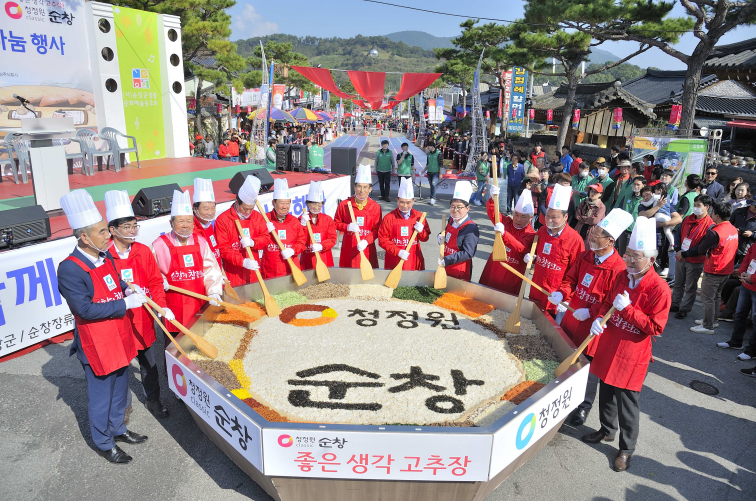

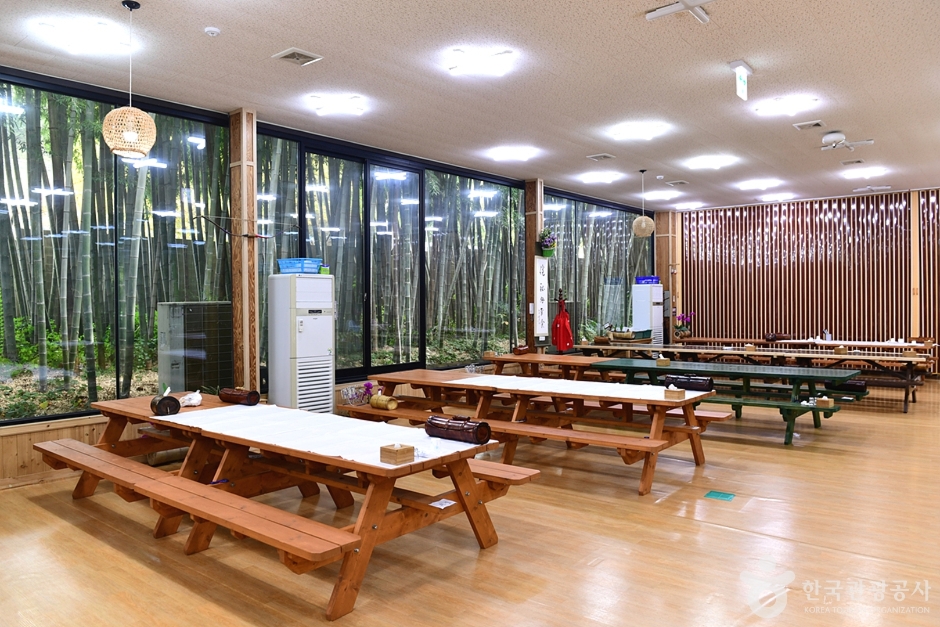
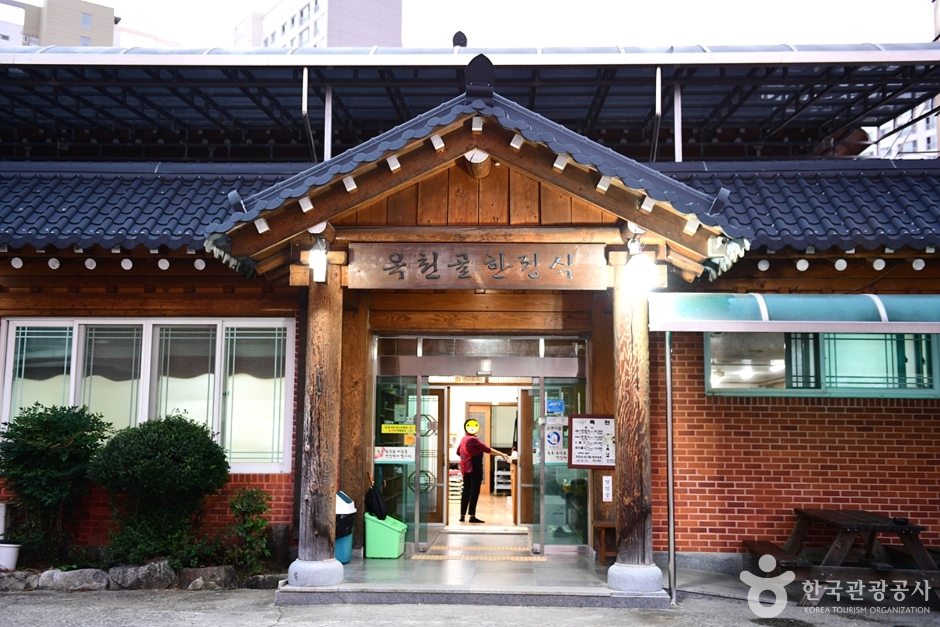
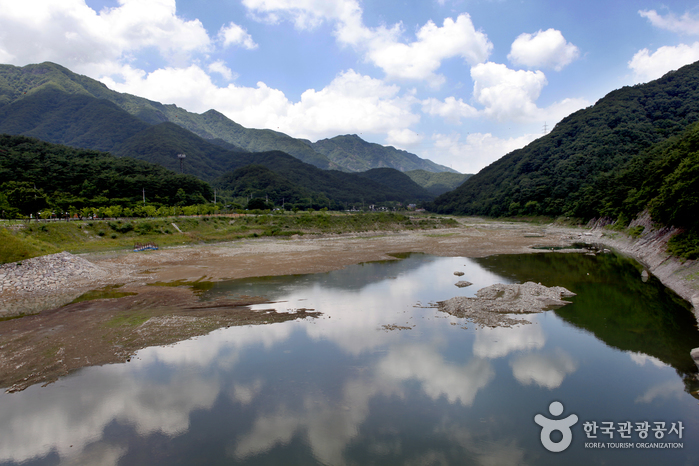
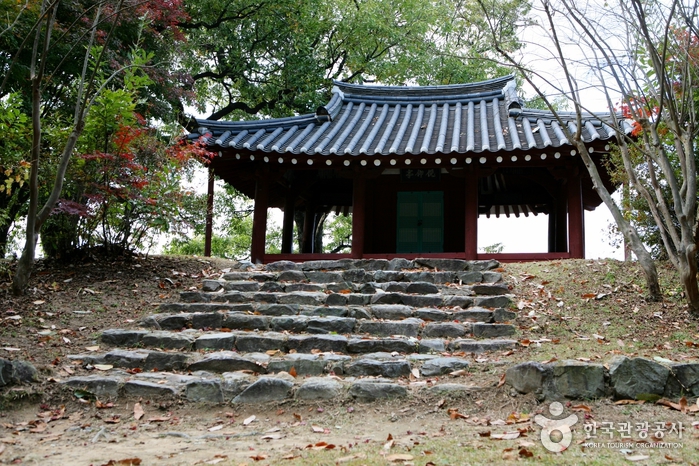
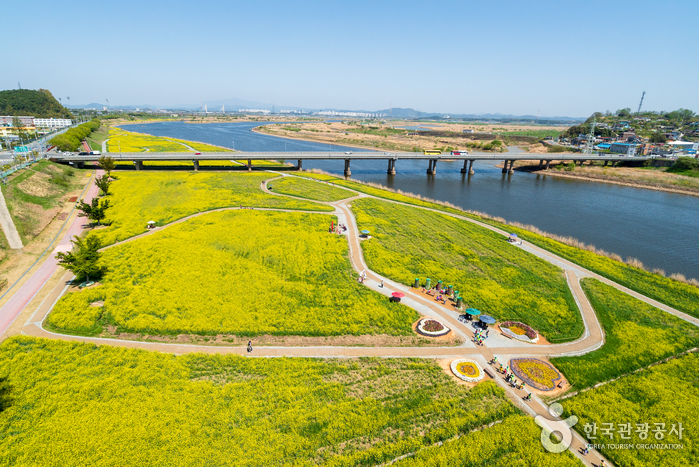
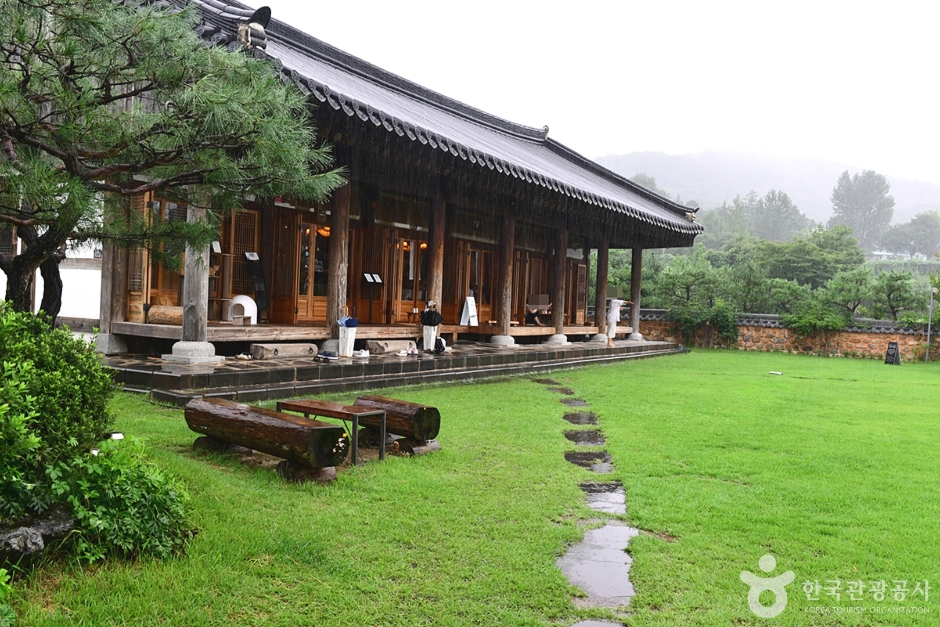
![Damyang Changpyeong Samjinae Village [Slow City] (담양 창평 삼지내마을[슬로시티])](http://tong.visitkorea.or.kr/cms/resource/56/898356_image2_1.jpg)
 English
English
 한국어
한국어 日本語
日本語 中文(简体)
中文(简体) Deutsch
Deutsch Français
Français Español
Español Русский
Русский